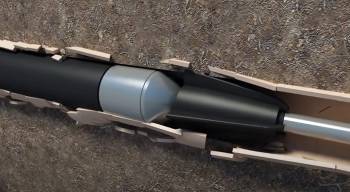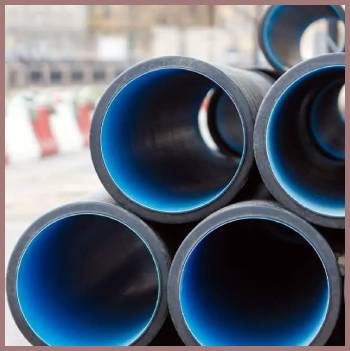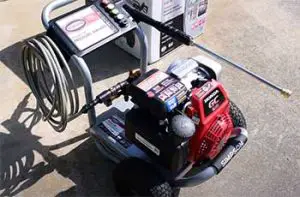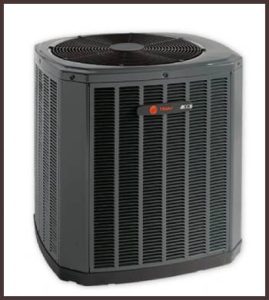In today’s world, underground infrastructure plays a crucial role in our daily lives. From water supply to sewage disposal, we rely heavily on pipes to keep things flowing. However, over time, pipes can wear out, and their performance may suffer due to various factors. This is where innovative pipe repair technologies like pipe bursting and pipe lining come in handy.
In this article, we’ll delve deep into the world of pipe bursting and pipe lining, exploring their pros and cons, and answering some frequently asked questions. So, let’s get started!
A Brief Comparison Table
| Criteria | Pipe Bursting | Pipe Lining |
| Method | Replaces existing pipe with a new one | Creates a new pipe within the existing one |
| Trenchless | Yes | Yes |
| Best for | Deteriorated or undersized pipes | Cracks, leaks, or root intrusion |
| Suitable Materials | Cast iron, clay, PVC | Versatile – works with various pipe materials |
| Upfront Cost | Higher | Lower |
| Flow Capacity | Can increase diameter, improving flow capacity | Slightly reduced diameter |
| Longevity | New pipe, longer-lasting solution | Extends pipe life, but may not last as long |
| Environmental Impact | Minimal disruption to the environment | Minimal disruption to the environment |
Pipe Bursting: An Overview
Pipe bursting is a trenchless technology that involves breaking and expanding the existing pipe while simultaneously pulling a new pipe in place. This method is widely used for the replacement of deteriorated or undersized pipes.

Pros of Pipe Bursting
- Trenchless technology
With pipe bursting, you won’t need to dig a long trench to replace your pipe. This minimizes disruption to the surrounding environment and reduces restoration costs.
- Efficient replacement
Since pipe bursting replaces the existing pipe with a new one, you can be sure you’re getting a brand new, durable pipe that will last for many years.
- Increased flow capacity
Pipe bursting can increase the diameter of the replaced pipe, improving flow capacity and overall system performance.
Cons of Pipe Bursting
- Limited applicability
Pipe bursting is best suited for certain pipe materials like cast iron, clay, and PVC. It may not work well with other materials like concrete or asbestos cement.
- Higher upfront cost
Although pipe bursting can save money in the long run, the initial investment may be higher than other repair methods.
Pipe Lining: An Overview

Pipe lining, also known as cured-in-place pipe (CIPP) lining, is another trenchless technology that involves inserting a flexible, resin-saturated tube into the damaged pipe. The tube is then inflated, and the resin hardens, creating a new pipe within the existing one.
Pros of Pipe Lining
- Trenchless technology
Like pipe bursting, pipe lining is a non-invasive method that avoids extensive digging and damage to the surrounding area.
- Lower cost
Pipe lining can be a more cost-effective solution compared to pipe bursting, particularly for smaller-scale repairs.
- Versatility
Pipe lining can be used to repair various pipe materials, making it a more versatile option.
Cons of Pipe Lining
- Reduced pipe diameter
The new pipe created within the existing pipe can result in a slightly reduced diameter, which may impact flow capacity.
- Not a permanent solution
While pipe lining can extend the life of a pipe, it may not last as long as a completely new pipe installed through pipe bursting.
Also Read: Differences Beween Daylight Drain And Sump Pump.
Frequently Asked Questions (FAQs)
Pipe lining is a trenchless pipe repair method that involves inserting a flexible, resin-saturated tube into the damaged pipe. The tube is then inflated, and the resin hardens, creating a new pipe within the existing one.
Pipe reaming is another trenchless method used to replace pipes. It involves drilling through the existing pipe to remove it while simultaneously pulling a new pipe in place. The primary difference between pipe reaming and pipe bursting is that pipe reaming doesn’t require the existing pipe to be fractured or burst.
The two main types of pipe bursting methods are pneumatic pipe bursting and static pipe bursting. Pneumatic pipe bursting uses a pneumatic hammer to break the existing pipe, while static pipe bursting relies on hydraulic force to fracture the pipe.
Drain pipe lining is a specific application of pipe lining technology used to repair damaged or deteriorated drain pipes. This trenchless method is commonly used to fix cracks, leaks, or root intrusion in residential and commercial sewer lines.
The process of pipe lining involves the following steps:
Inspection: A thorough inspection of the damaged pipe is conducted using a CCTV camera to determine the extent of the damage and the suitability of pipe lining as a repair method.
Cleaning: The pipe is cleaned to remove debris, roots, and other obstructions to ensure proper adhesion of the lining material.
Liner preparation: A flexible tube, made of a material like polyester or fiberglass, is saturated with a resin mixture that will harden once it’s inside the pipe.
Insertion: The resin-saturated liner is inserted into the damaged pipe using air or water pressure, and then it’s inflated to make contact with the inner pipe walls.
Curing: The resin is allowed to harden, typically using heat or ultraviolet light. This creates a new, seamless pipe within the existing pipe.
Final inspection: A post-installation CCTV inspection is conducted to ensure the pipe lining was installed correctly and that the repair was successful.
Pipe lining is made of a flexible material, such as polyester or fiberglass, which is saturated with a thermosetting resin. The resin hardens after being exposed to heat or ultraviolet light, creating a new, seamless pipe within the existing one.
Conclusion
Both pipe bursting and pipe lining are effective trenchless technologies for repairing damaged pipes. Each method has its own set of advantages and disadvantages, and the best choice will depend on factors such as the type of pipe material, the extent of the damage, and the desired outcome.
Pipe bursting is an excellent option when a complete pipe replacement is necessary or when increasing the pipe diameter is a priority. However, it may not be suitable for all pipe materials and may have a higher upfront cost.
On the other hand, pipe lining is a versatile and cost-effective method that can be used to repair various pipe materials. While it may not be a permanent solution like pipe bursting, it can significantly extend the life of the existing pipe.
In conclusion, it’s crucial to consult with a qualified professional to determine the best repair method for your specific situation. By understanding the pros and cons of pipe bursting and pipe lining, you can make an informed decision and ensure the longevity and efficiency of your underground infrastructure.



